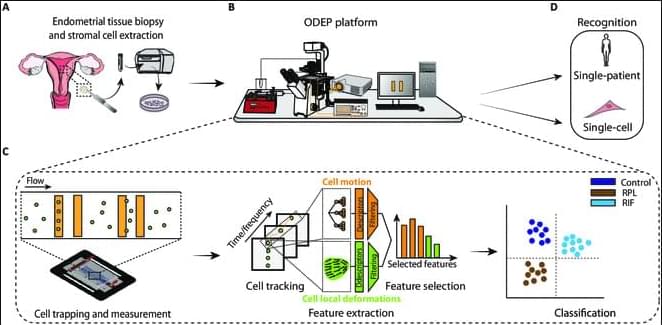The presence of cellular defects of multifactorial nature can be hard to characterize accurately and early due to the complex interplay of genetic, environmental, and lifestyle factors. With this study, by bridging optically-induced dielectrophoresis (ODEP), microfluidics, live-cell imaging, and machine learning, we provide the ground for devising a robotic micromanipulation and analysis system for single-cell phenotyping. Cells under the influence of nonuniform electric fields generated via ODEP can be recorded and measured. The induced responses obtained under time-variant ODEP stimulation reflect the cells’ chemical, morphological, and structural characteristics in an automated, flexible, and label-free manner.
